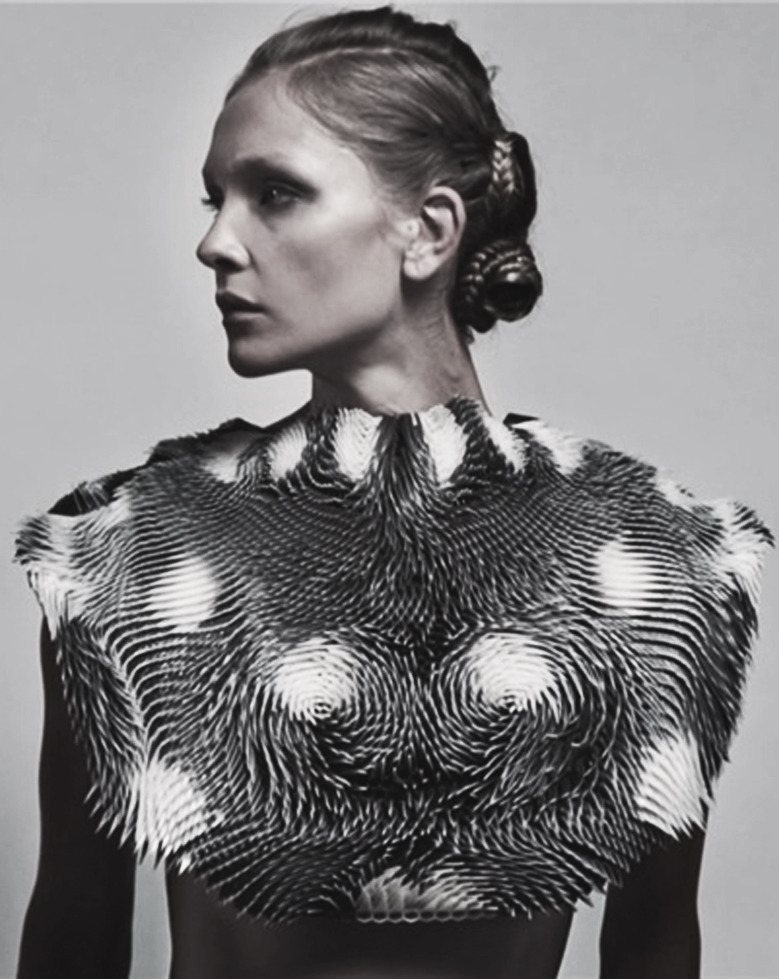feel Me tactile interactive bed
File Festival
“feelMe” is a work that for the first time remotely transmits the tactile sensation. Our work provokes the exploration of the sense of touch while promoting the interaction between two people mediated by a machine. The work is constituted of two surfaces, or “beds”: the first one (tactile transmission unit), in which one of the participants, layed down, imprints marks to its surface by pressing it with the weight and movement of the different parts of his/her body; these impressions will be captured and transmitted to the other participant, who lies in the second “bed” (tactile reception unit) and receives them simultaneously in the same positions and in proportional intensities, however, in negative, that is, when the surface in the first bed sinks, it rises in the second one, promoting a touch. The first body touches the second one, and the “beds” may be a few meters or thousands of kilometers apart from each other. Between the bodies, dozens of occult sensors, microcontrollers, engines (lineal actors), computers and a program that orchestrates that tactile communication. We allow the participant to experiment the possibilities of encounter between bodies through the digital world, with a different approach from the one provided by virtual reality. We want to explore the tactile perception separately in its “corporal way”, and only in future works to propose the expansion/extension of multimedia perception with the inclusion of tactile perception.







